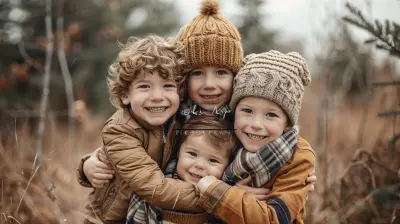How to Blend New and Old Traditions in a Multicultural Family
23 August 2025
Let’s be real—raising a family is already a rollercoaster. Add different cultures, languages, faiths, foods, and customs into the mix, and it’s like juggling flaming torches on a tightrope. But you know what? It’s also beautiful. There’s something truly magical about watching your kids grow up with a deep appreciation of not just one, but multiple cultural heritages. That magic, though, takes intention, creativity, and a whole lot of heart.
So, how do you merge grandma’s traditional recipes with your partner’s modern holiday spin? How do you honor where you came from while embracing where you are now? Hang tight—because I’m going to walk you through how to blend new and old traditions in a multicultural family in a way that’s authentic, meaningful, and uniquely yours.
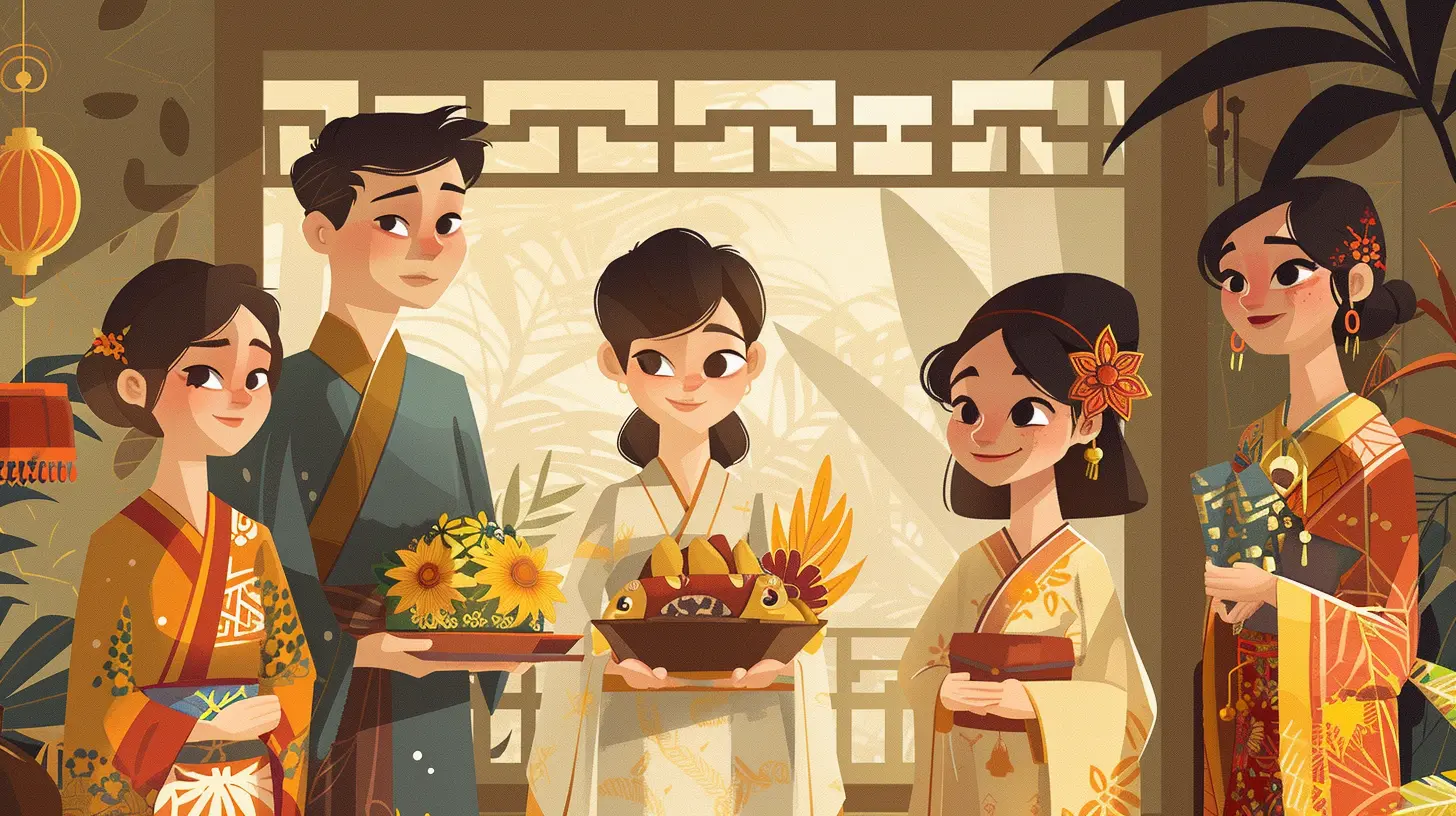
Why It Matters to Blend Traditions
Let’s start with the why.When families ignore one culture in favor of another, someone usually feels left out—or worse, erased. Our customs are so wrapped up in our identity that disregarding them can sting deeply. On the flip side, when you blend traditions thoughtfully, it sends a powerful message to your kids:
> “Your roots matter. All parts of who you are are beautiful and important.”
This kind of validation builds confidence and pride in who they are. It also strengthens relationships across generations. Imagine your child sitting next to their grandparents, learning how to prepare a dish from the old country, while humming a holiday song from the other side of the family. That’s the magic right there.
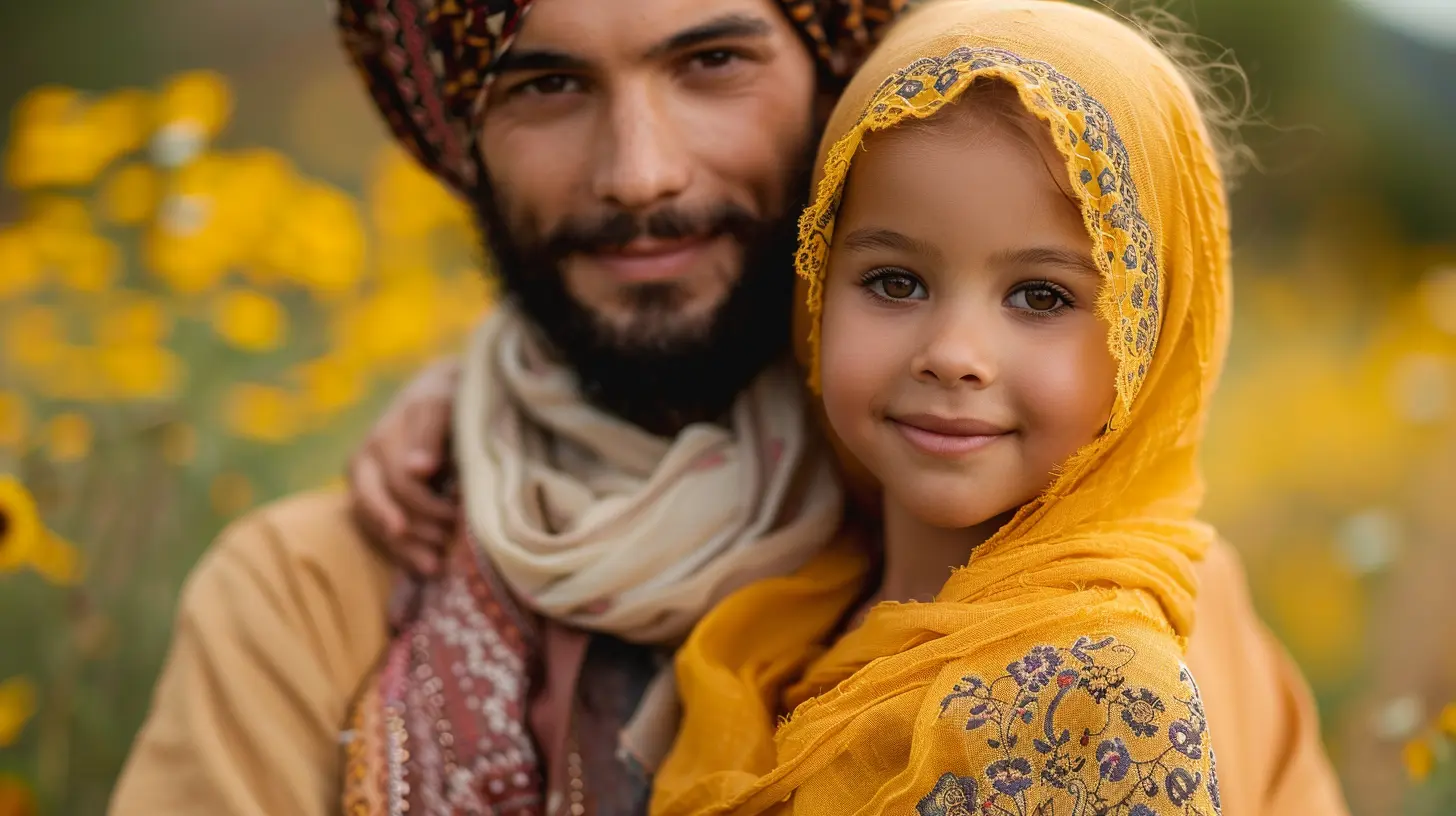
Start with Open Conversations
Communication is everything—especially in multicultural families.Talk with your partner and extended relatives about what traditions matter most to them. Ask questions like:
- “What did holidays look like when you were a kid?”
- “Are there any rituals or customs you hope to pass on?”
- “What traditions make you feel most connected to your roots?”
This isn’t a one-and-done chat—it’s an ongoing dialogue. Be curious, be respectful, and be open. You might be surprised by how much meaning even the smallest traditions can hold.
Bonus Tip:
Let your kids be part of the conversation. If they’re old enough, ask them what traditions they enjoy or what new ideas they’d like to try. Give them a say—they’ll feel more invested.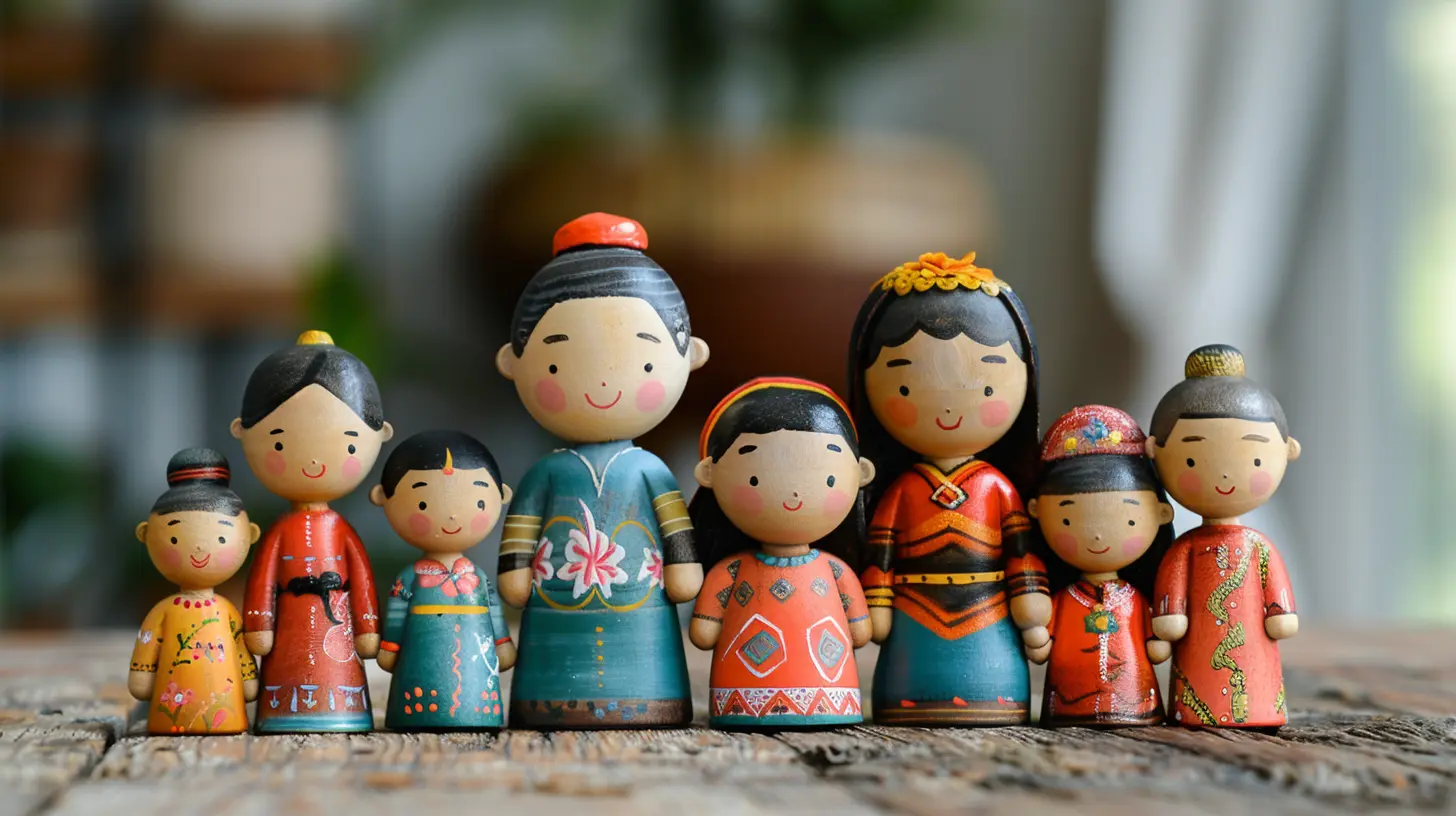
Identify the Core Values Behind the Traditions
Sometimes, it’s not about the tradition itself, but what it represents.Let’s say one side of the family celebrates New Year’s with fireworks, and the other lights candles in remembrance. At first glance, they seem worlds apart. But dig deeper and you might discover they both stem from the desire to honor the past and welcome new beginnings.
Once you identify those core values—like gratitude, togetherness, or giving back—you can find creative ways to represent them in your family’s own unique way.
For instance:
- Instead of choosing between Christmas and Hanukkah, why not celebrate both and focus on the shared theme of light and joy?
- If one culture has a naming ceremony and the other hosts a baptism, you could blend elements from each into one inclusive event.
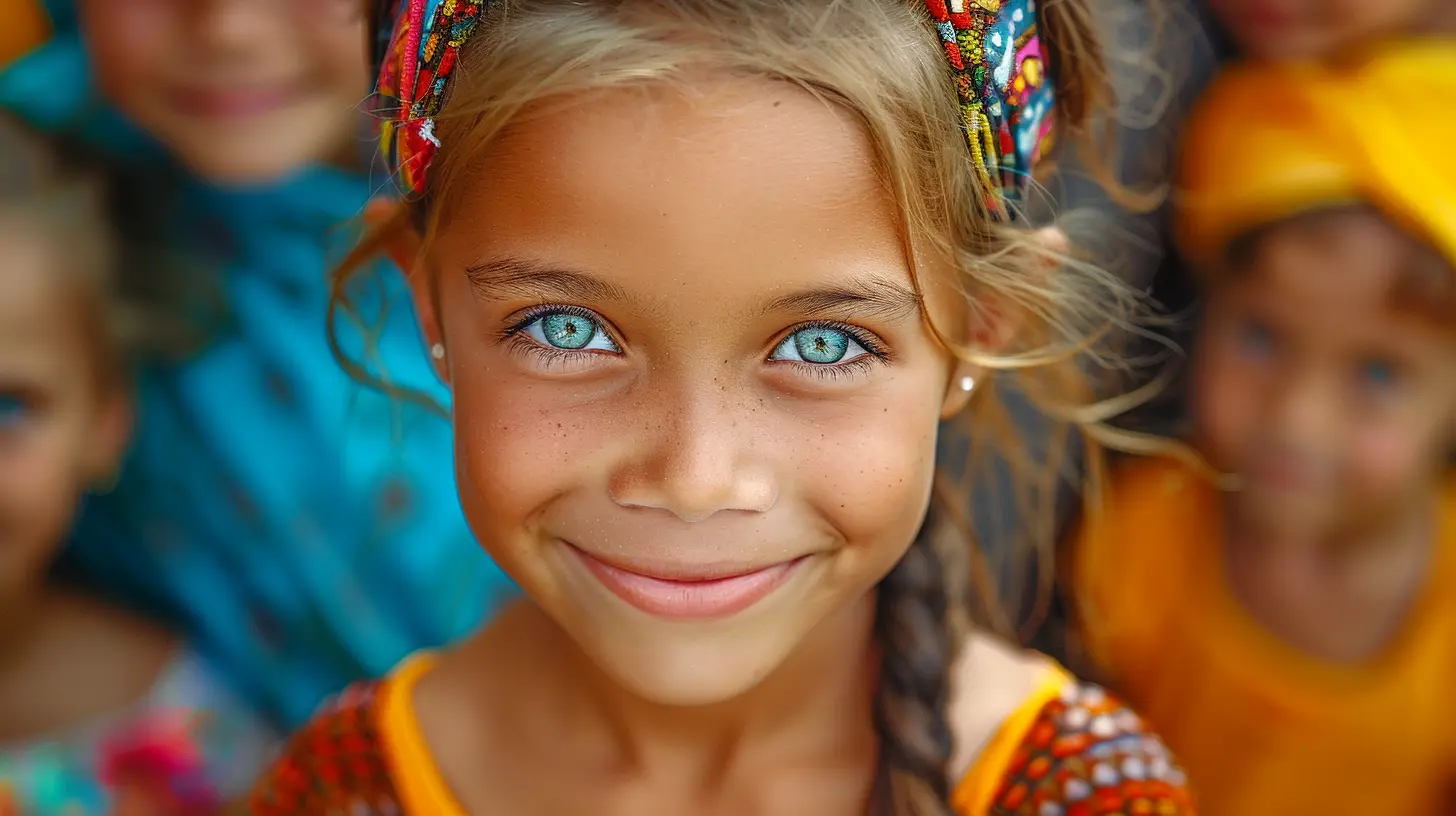
Choose Traditions That Resonate with Your Family
Here’s the truth: you don’t have to keep every tradition alive. Some customs might not be practical, others might not feel meaningful anymore—and that’s okay.Rather than turning your life into a cultural checklist, pick the traditions that light you up. The ones that make your kids smile. The ones that bring your family closer.
Mix, match, and modify. That’s the beauty of blending—you can chop, stir, and spice it up to suit your taste.
Create Brand-New Traditions Together
Want to know the best part of blending cultures? You get to build something totally new.Take influences from both sides and sprinkle in your own flavor. Maybe you:
- Combine dishes from each background into one epic holiday meal (Fusion Feast, anyone?).
- Celebrate your anniversary with a special playlist where each partner adds songs from their culture.
- Start a monthly “Culture Night” where your family rotates who picks the food, music, or game from their heritage.
When kids see their parents inventing new rituals, it gives them the freedom to celebrate their identity creatively. Plus, those fresh traditions? They’re the ones your children will tell their own children about someday.
Handle Conflicts with Grace and Respect
Let’s not sugarcoat it—blending traditions isn’t always smooth sailing. You might face pushback from family members who think you’re doing it “wrong” or not at all. Some may have strong opinions about how things “should” be done.Here’s the deal: you can honor others without sacrificing your family’s needs.
Approach every conversation with empathy. Remind grandparents and relatives that incorporating everyone’s traditions helps the kids feel connected to both sides of the family. If needed, set gentle but clear boundaries about what works for your household.
And remember, you’re building a foundation for your family. Not recreating the past—creating the future.
Celebrate and Educate Year-Round
Culture isn’t just for holidays. Look for little ways to weave it into everyday life:- Read bedtime stories from different cultural backgrounds.
- Teach your kids simple phrases in multiple languages.
- Cook traditional meals on weeknights.
- Display art, photos, or heirlooms from both cultures around the home.
The more normal it feels to celebrate diversity at home, the more naturally your kids will embrace it.
And don't just stop with your own heritage—embrace multicultural learning overall. Show your children that the world is full of rich flavors, colors, and sounds, and they're lucky to walk in more than one pair of shoes.
Involve Extended Family (Creatively)
Grandparents, aunts, uncles—they often hold the keys to family traditions. Bring them into the process. Invite them to share stories, teach recipes, or explain holiday customs.If distance is an issue, use technology. Set up Zoom cooking nights. Mail care packages with cultural goodies. Create a shared online photo album of traditional outfits or meaningful places.
When kids see their extended family celebrating both old and new ways, it creates a powerful sense of heritage and connection.
Normalize the Identity “Mash-Up”
Your kids might have moments where they feel like they don’t quite “fit” anywhere. Maybe they’re the only biracial child in their class. Or they get teased for bringing curry to school lunch. These identity struggles are real—and painful.Here’s where you come in.
Remind them that being multicultural is a superpower. They’re not less than—they’re more. More languages, more history, more empathy, more stories.
Use books, media, and role models that reflect multicultural identities. Encourage dialogue. Tell them it’s okay to feel a bit “in-between”—because they’re not stuck in the middle, they’re standing on a bridge that connects two worlds.
Keep Evolving Over Time
Life changes. So do traditions.Maybe you move. Maybe you welcome a new family member. Maybe your understanding of your heritage deepens. That’s all part of the journey.
Give yourself permission to adapt and grow. Blending traditions isn’t about locking in a perfect formula—it’s about staying true to who you are, as a family, in every season of life.
It won’t be perfect. But it’ll be yours. And that’s what matters most.
Final Thoughts
Blending new and old traditions in a multicultural family isn’t easy—but oh, is it worth it. You’re creating a home where stories stretch across continents, where meals carry the flavors of generations, and where your kids know, deep in their bones, that every part of them belongs.So light the candles and set off the fireworks. Hang the stockings and stretch that noodle. Dance to salsa and hum the lullabies. Mix it all in with love.
Because in your family—two worlds don’t collide, they coexist. And that’s something to celebrate.
all images in this post were generated using AI tools
Category:
Family TraditionsAuthor:

Maya Underwood
Discussion
rate this article
1 comments
Daniel West
Why choose one tradition when you can have the best of both worlds? Mix and match like a pro, and let your family's unique flavor shine! Embrace the chaos—it's your family recipe!
September 8, 2025 at 3:57 AM

Maya Underwood
Absolutely! Embracing both traditions enriches your family's identity and creates a unique celebration of culture. Mixing and matching allows for creativity and connection!

